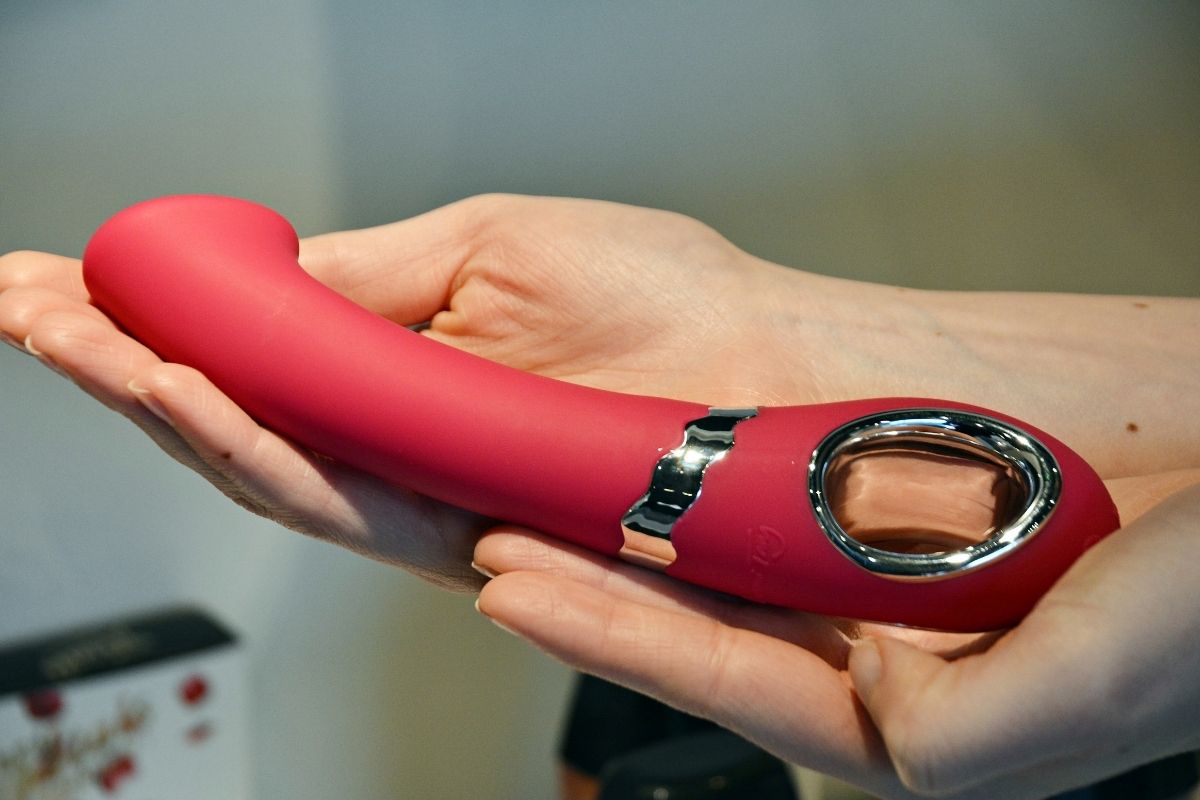Sexual devices have entered the mainstream of medicine to treat sexual arousal, orgasmic disorders, and to enhance the female sexual response. Sexual female dysfunction reportedly affects up to 40% of American women. In women 50 and older, dysfunction is more common. The following is my review of an article entitled “The role of mechanical devices in treating female sexual dysfunction and enhancing the female sexual response”. It is a credible article published in the World Journal of Urology by K.L. Billups from the University of Minnesota.
It begins with a definition of female sexual dysfunction. There are four categories of dysfunction: desire, arousal, orgasm, and pain. This article focuses on the categories of arousal and orgasm. Arousal dysfunction is defined as the inability to obtain or maintain sexual excitement. Orgasmic dysfunction is defined as difficulty, delay, or absence of orgasm in spite of arousal.
What is the primary cause of problems with arousal and orgasm?
A decreased blood flow to the genital organs for many reasons: menopause, heart disease, hypertension, diabetes, abnormal levels of cholesterol, pelvic trauma, pelvic surgery, difficult childbirth, and smoking.
How can these problems be treated? With mechanical devices, of which there are three main types: vibrators, dildos, and clitoral suction devices. Vibrators tend to be used for clitoral stimulation and are not phallic (penis-like) shaped. Dildos are phallic-shaped and are used for penetration and clitoral stimulation. Clitoral suction toys create suction around the clitoris. All can be used with a partner or alone.
The clitoral stimulatory device discussed in this paper is a vacuum system, Eros, and up to now is the only FDA-approved system. This device applies gentle vacuum pressure over the clitoris causing clitoral and labial enlargement. The goal is to assist in achieving and maintaining clitoral and labial enlargement by increasing blood flow. This improved blood flow, in turn, improves genital sensation, increases vaginal lubrication, enhances orgasm, and increases overall sexual satisfaction. There are also many high quality and safe clitoral stimulation/suction devices that have not sought FDA-approval .
Recommended use is with your partner prior to intercourse as part of foreplay. It is also encouraged to be used three or four times a week not related to intercourse for further improvement in arousal and orgasm.
A number of studies have found significant improvement in arousal, lubrication, orgasm, and desire in vibrator users. In menopausal patients, there is a better response with concurrent hormone therapy. This can be local therapy, topical vaginal estrogen and/or systemic hormonal replacement therapy.
The take-home message? Simple, non-invasive, non-pharmacological, and effective sexual devices (sex toys) for treatment and enhancement of female response are part of mainstream medicine. For women over 50 vibrators can be a useful sexual aid to maintain sexual wellness.





